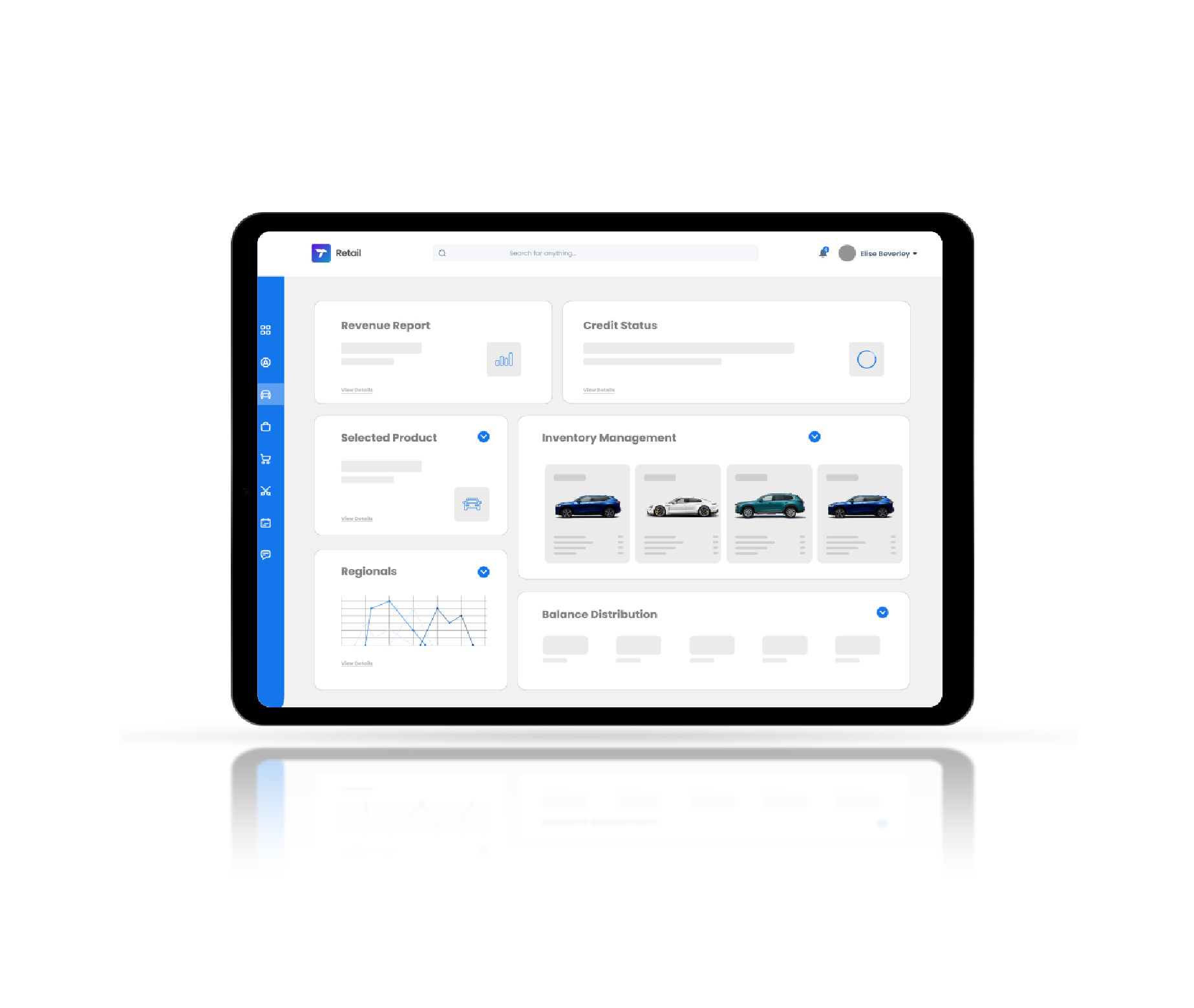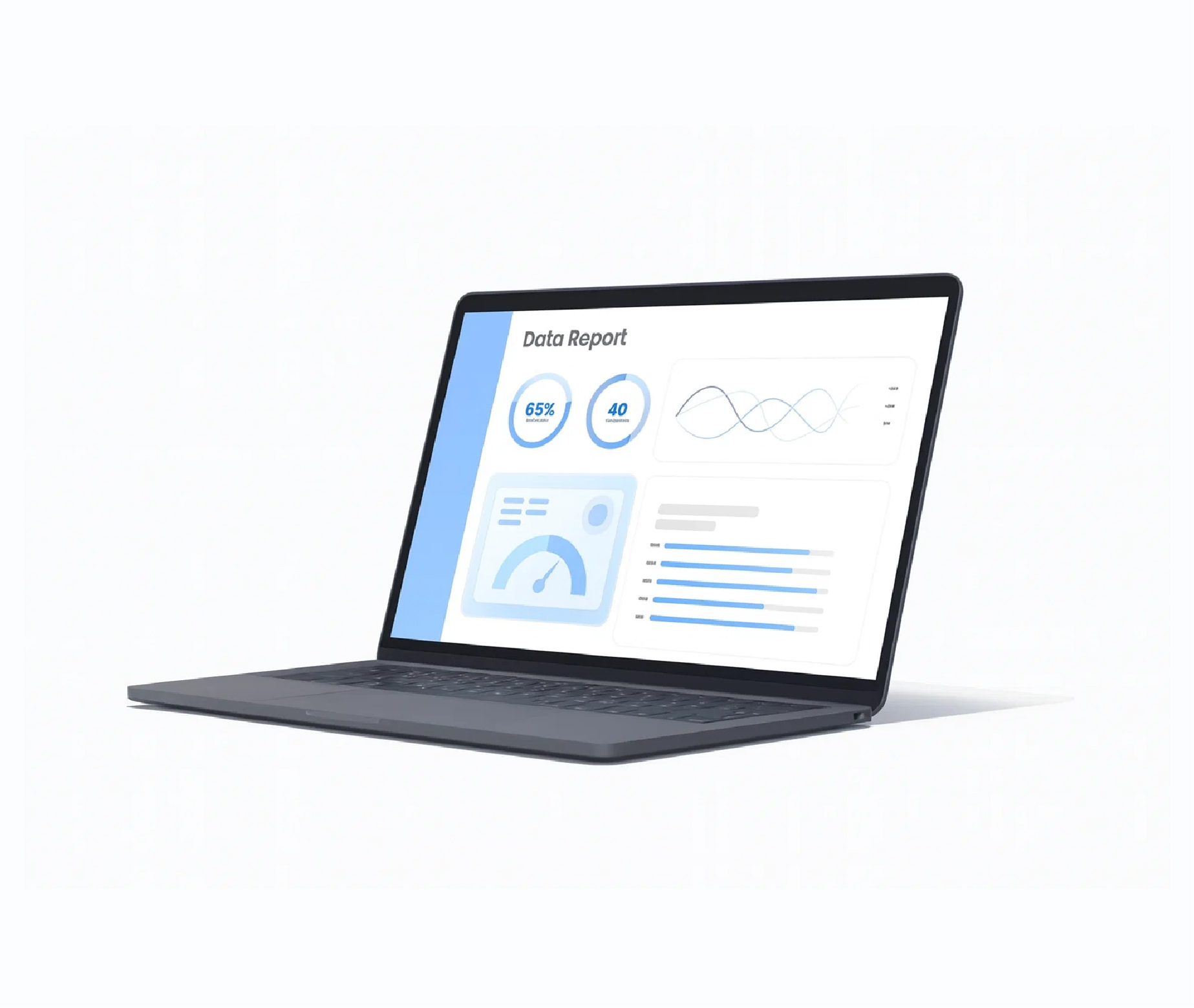Blog
Enterprise Mobility: Confluence of Technologies
By Fawad Ghauri, on February 7, 2018
The evolution of mobile connectivity has been a radical one and of all the modern day technological advancements, mobile technology has taken the largest leap in the shortest time period. Mobile technology has transformed our daily lives, changing everything from how we shop, bank, educate and entertain ourselves, make decisions, to the way we work. Mobile and cellular technology have empowered us to carry out all these tasks from anywhere at any time.

The world has gone from having 516 million fixed telephone mainlines worldwide, to having almost as many active cell phones subscriptions (6.8 billion) as there are humans on this planet. Even though there are considerable challenges in this field, with underdeveloped areas of the world having limited or no access to cellular technology, this exponential growth has taken just over twenty years and isn't showing signs of slowing down.
We are still at the cusp of the mobility revolution and with endless possibilities, the greatest benefits are to be found in business applications. Enthusiasm for mobility adoption has been the highest in the past few years. With many parallel, and often unrelated, software and hardware technological developments converging, the time has arrived when automotive financial software becomes universal. This coming together of all these independent factors has created an environment in which mobility has become a necessity, especially for enterprises.
Many believe the world reached a mobility inflection point in late 2010 when the global shipment of smartphones and tablets first exceeded the sales of desktop and notebook personal computers.
Just a few years ago the future of mobility was consumer led whereas enterprises were lagging behind. Purpose built enterprise solutions and devices were limited, upper management in organizations lacked the initiative to implement company wide solutions - perceived to be costly - and the lack of reliable information security tools kept businesses wary. Conventionally, solutions were designed on an ad hoc basis to address specific business problems, so the need to develop an enterprise-wide management system did not exist.
However, there has been a recent awakening to the benefits of a holistic pan-organization approach to enterprise mobility and infrastructure has developed hand in hand with software advancements.
Several purpose built solutions and devices for enterprises have or are about to hit the market, from Microsoft (Enterprise Mobility), BlackBerry, IBM (Mobile First), Apple and IBM`s deal Nokia to Samsung Knox, all are riding the mobility wave and creating innovative solutions. Google is poised to provide ubiquitous connectivity with its Project Loon, by creating wireless linkages through a network of balloons positioned on the edge of space. The aim is to fill coverage gaps and keep people connected even through disasters. These platforms, amongst performing other tasks, provide mobile workforces with the capability to save data from the point of transaction and then remotely transmit that data to back offices for analysis. Subsequently, the processed data is sent back to the mobile workforce and the transaction is finalized, empowering the workforce with real time order processing capability. This means that the mobile teams are constantly fed with valuable, mission critical data and empowered by these tools to accomplish tasks completely without ever having to leave the point-of-sale. This makes for swift and quality decision making while enhancing customer satisfaction. As more and more enterprises adopt and gain competitive advantages form different mobility solutions, enterprise mobility is quickly becoming essential to the survival of businesses that have yet to adopt it. Different industries are at different levels of mobility adoption, with the Financial Services industry leading with the most number of mobile device activations by industry (37.8% in the second quarter of 2012). Business/professional services and health care are a distant second and third, respectively. This massive margin by the financial services industry is widely accredited to the BYOD culture, which is significantly prevalent in the industry.
Cutting-edge mobile devices that are perpetually growing smarter and matching modern-day cellular technology have given customers an uninterrupted 24/7 business channel, changing their consumption demands and patterns. Therefore, enterprises are forced to respond in order to stay competitive. Enterprises have to make provisions and continually maintain an associated workforce to cater to a now always-connected customer base. These platforms provide financial services personnel such as business developers, marketers, field investigators, and financial advisors with the capability to access confidential customer data in real-time. They can operate and view customer portfolios, transaction history, accounts, and much more, at any time and from anywhere. The essential, all-inclusive line-up of devices/solutions include customer and employee facing tools. These tools enable field investigators to carry out background checks of individuals and enterprises in real-time and on the go, empower field operatives to generate quotations, calculate loans, provide pricing options and payment plans as well as perform other functions.
These tools give internal and external customers of businesses a dashboard where they can view their contract details and manage other particulars such as generate reports, get information on deals and promotions and access customer services. Employees from all tiers benefit from such tools - executives can easily collaborate, analyze and approve transactions from any location across the globe, reducing response time and increasing productivity. These tools also assist enterprise's to go paperless; employees can scan and import forms, certificates, factsheets and other documents. which are then indexed by smart software, allowing employees to process customer data without being cumbered by having to sort through paperwork.
In today's competitive business environment, employees need to function at maximum efficiency and often have to work at odd hours; these platforms give employees unrestricted access to sensitive company information anytime, anywhere, provide ease of access to information, enable around the clock and on the go business transactions/payments capability, instantaneous communication and the automation and remote monitoring of businesses processes, to name a few. Therefore, enterprises are progressively turning to mobile technology for solutions. There has been a large number of early adopters of these new technologies and enterprises are increasingly trying to drive competitive advantages through a unified corporate digital solutions.
"Most organizations will have no choice but to develop multiple mobile policies and architectures, including customer and employee-facing strategies" - White book for mobilizing the enterprise
Some of the key areas that are responsible for the rapid growth of the enterprise mobility industry are Cloud Computing, Software as a Service (SaaS), Identity as a Service (IDaaS), new innovations by industry leaders, Return on Mobility (ROM) and Near Field Communication (NFC), to name a few. However, this list is not exhaustive.
Firstly, cloud computing has had the biggest impact on the industry. Users and business field operatives have become highly demanding and heavily reliant on technology. To match these demands, there is a vast range of mobile cloud apps and services that users can turn to, from e-mail hosting, application development, delivery, data storage and security, to syncing data across devices . Services like Dropbox and VMware Octopus for file sharing, Box OneCloud for editing documents, Office 365 for business productivity tasks like spreadsheets, remote access tools and identity as a Service (IDaaS) tools used for administering end-user activity are changing conventional IT setups in enterprises. Businesses are outsourcing these activities to specialized cloud services vendors offering such apps and services. This is evident in the global increase in spending on cloud-based contact center solutions compared to spending on premises-based solutions.
Secondly, a major change in outlook on software is propelling the mobility solutions provider. The concept of Software as a Service (SaaS) has helped evolve the software industry into a service. Enterprises don't think of software as a one-time purchase anymore; instead it is a service in which the providers give a full range of associated facilities that ensure that the software achieves what it was purchased for.
There are several new and clever ways to gauge the effectiveness of these new solutions on the market. The most notable one is the Yankee Group's Return on Mobility (ROM). This metric originated to address upper management's concerns about cost overruns associated with the implementation of an enterprise mobility solution. Their fears are not misplaced; Gartner predicts that 80% of companies will overspend on their wireless services in 2014. This is due to key managerial shortcomings; for example, it is estimated that employees will buy 56% of corporate devices. Therefore, these devices are not always the ideal choice for the corporation and usually expensive as corporate rates are not negotiated for them. In addition, roaming charges are not controlled, individuals possess multiple devices, and the actual amount spent on mobility becomes obscured due to the fact that hidden charges and personal usage expenditure are billed to the company.
As enterprise mobility has grown in popularity, IT professionals are increasingly looking for ways to reduce ambiguity, measure the overall value added and assess cost benefits of these solutions. The ROM scorecard employs a procedure that calculates the value mobility platforms add to enterprises. It judges these solutions across multiple features and performance merits. It expands on the conventional Return on Investment (ROI) model and takes into account several other tangible and intangible factors, such as evaluating mobility providers against the current and future market forecasts. According to the latest ROM standings, Salesforce, IBM and SAP are currently leading the market and offer the best products and services.
Another crucial mobility technology on the horizon is the Near Field Communication (NFC), a "short-range radio communication technology" that enables two devices equipped with the technology to communicate with each other. So, NFC enabled mobile devices operate as contactless cards, and can work with existing contactless infrastructure, essentially turning them into smart cards. NFC is likely to significantly impact the finance industry and Apple, realizing its potential, has invested heavily in Apple Pay, contracting numerous banks and strategic financial management to make Apple Pay acceptable at more than 220,000 locations.
The trend of wireless payments is clear as over a third of customers of major US banks use mobile banking on a regularly basis. The degree of convenience, speed and access offered by these mobility products to the customers of financial services is unprecedented. Big banks are posting big numbers; JP Morgan/Chase Bank stated that 12 million customers move $6.5 billion via mobile platforms every month and the evolution of this attractive and rapidly evolving channel has a lot happening in the near future.
Mobility is clearly going to continue on this positive trajectory for the foreseeable future. However, it can be unfavorable or even detrimental to industries unprepared or unwilling to adapt. It is expected that many industries will be transformed in the near future and again the industry topping that list is banking. The millennial disruption index is a three yearlong study of industries facing the possibility of disruptions by the millennial generation (born between 1982 and 2000). With 84 million millennials currently inhabiting the U.S. alone, they are the largest generation in American history. These enterprising individuals use ingenuity, technology and cooperation to devise new ways of doing business, while rebuilding and reconstituting existing industries.
From a consumer standpoint, these individuals have drastically different demands from previous generations. The study reveals that people are not happy with banking practices and are relying on technology to completely reorganize it in the future. Of the ten thousand respondents of the study, 70% said that in five years' time, the way people pay for things will have completely changed and 68% were of the view that how money is accessed will also have changed. Most believe that innovation will come from outside the industry, while 50% are of the view that tech startups will bring about the changes. A staggering 33% believe that they will not need a bank at all. Enterprises need to adapt, and mobility can be the catalyst for change.
Related blogs

Blog
Intelligent deal structuring: The new standard in digital retail platforms

Blog
Transforming BFSI with data engineering: Unlocking actionable insights from big data

Blog



